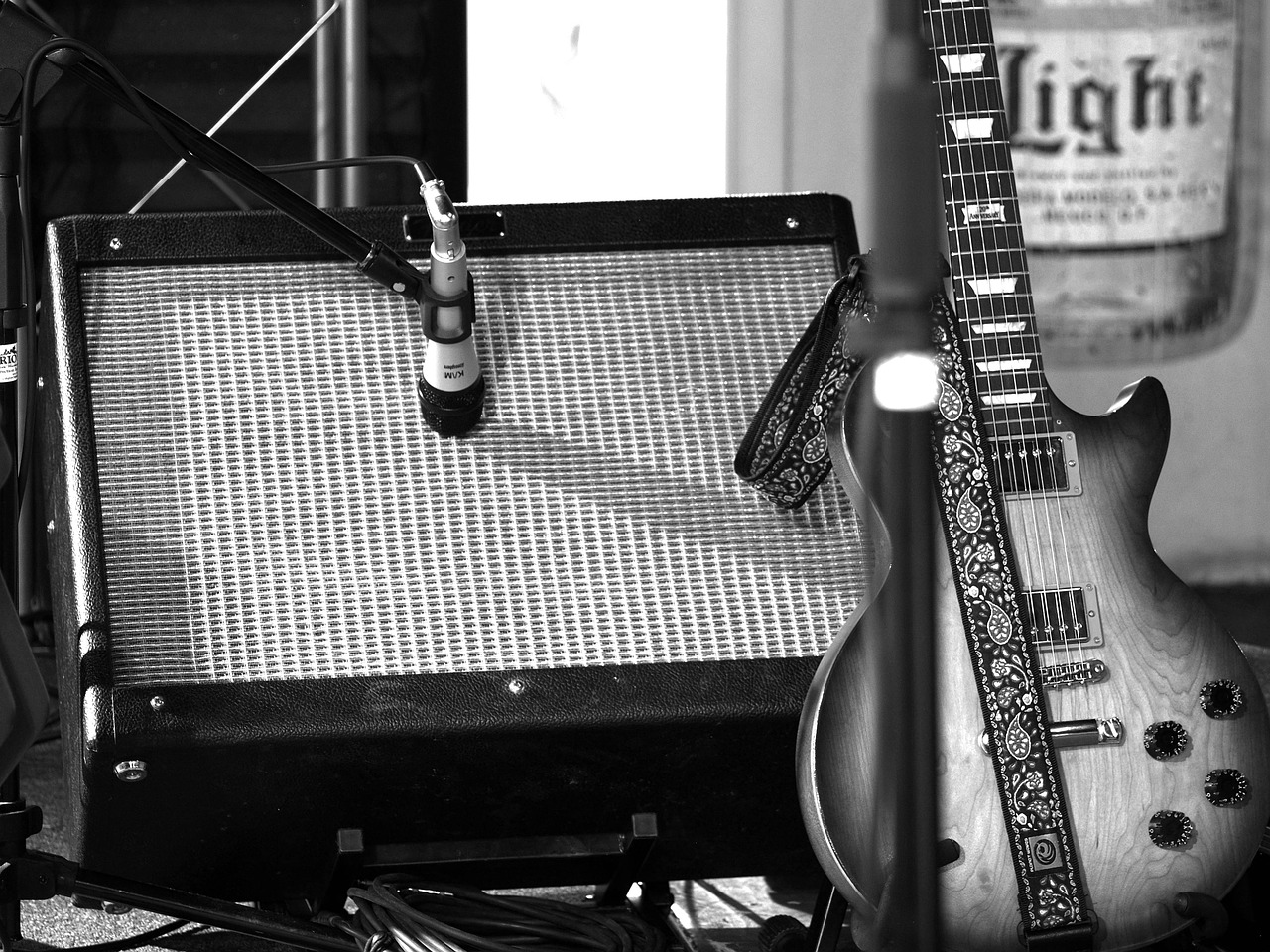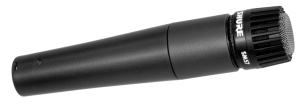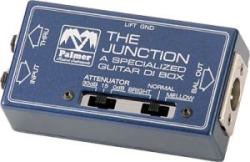When it comes to miking a guitar amp cabinet, there’s no right or wrong answer. There are, however, general guidelines you can follow in order to capture the best possible sound.
In a live situation, the position of the mic is usually not as important as in a recording studio. A few years ago I asked one of my favorite live sound engineers where I should place the mic on my amp, and his response was “it doesn’t really matter”. If you have a knowledgeable front of house sound engineer, they will be able to EQ in a good sound regardless of the placement. With that being said, I would like to illustrate the general guidelines I always follow when miking my cabinet for a gig.
The first thing you need to pay attention to is the sound that’s coming out of your amp. Keep in mind that you can’t “fix” a bad source, so you need to make sure your amp sounds great before you mic it up. If you’re using distortion, my advice would be to use the drive channel on a tube-based amplifier in order to achieve the richest harmonic content possible.
What Mic to Use
There are tons of options available when it comes to microphones. The most popular choice is by far the Shure SM57. It’s been used on countless of great recordings, and is the go-to mic for live situations. If you’re not too clued up on the different microphones that are available, I would advise you to stick to the SM57. It’s also a great multipurpose mic, meaning you don’t just have to use it for a guitar amp. It works great on drums and vocals too. The SM57 is also extremely durable and resistant to weather conditions. It’s classified as a directional cardioid dynamic mic, which means it only picks up sound that’s directly in front of it, rejecting ambient noises and sound from the side and rear.
Mic Placement
As I’ve already pointed out, mic placement isn’t all that important for gigging situations. Some guitarists have a certain position that they always like to use, generally referred to as the sweet spot. If you’ve been in a recording situation you may already know where the sweet spot of your amp is. If not, I wouldn’t be too concerned about it for a live gig.
Before miking your amp, you will need to identify where the speaker(s) are placed inside the cabinet. Some amps like Fender include a 1×12 speaker mounted slightly off center. Other amps contain 2 speakers, while larger amps usually contain 4. In order to identify where your speakers are placed, use a flashlight and shine it directly on the grill cloth of your amp. If your amp contains more than 1 speaker, you may want to use your ears to identify which speaker sounds the best for miking purposes.
Because of the vast amount of microphone placement techniques, I would like to highlight the most common way to mic a guitar cabinet. This is also the placement I use for every gig I play. It involves close proximity miking, which means the microphone is placed right up against the grill cloth of the amp. It’s positioned between the centre of the speaker and the cone, as illustrated below:

Now that you know where to place your mic, it’s also important to know how moving the mic will affect your sound. Different areas of a speaker can produce very different harmonic content. The brightest part is at the center. If you move the mic outwards you will end up with a darker and more mid-range sound.
If I’m playing a certain gig where I don’t have all too much faith in the sound engineer, I will usually go and listen to how my guitar sounds through the PA system. If I hear a overly bright sound that lacks fatness, I will move the mic slightly outwards with it commonly ending up in the center of the cone. Moving the mic can give you control over your sound if you don’t have access to equalization.
Bypassing the Need for a Mic
When you’re using a mic, there are a ton of things that can influence your sound, such as the room you’re in as well as placement. There are also numerous things that can go wrong, such as knocking the mic out of position during the show.
In order to eliminate these problems, it’s possible to use a high quality cabinet simulator. This will allow you to run your amps sound directly to the mixer. The most popular option for doing this is the Palmer PDI 09 Junction. It connects between the speaker out and the speaker of your amp. You can then plug a standard XLR microphone cable into the Palmer PDI. (NB: Never use your amp without the speaker being connected in order to avoid damage to the amp.)


